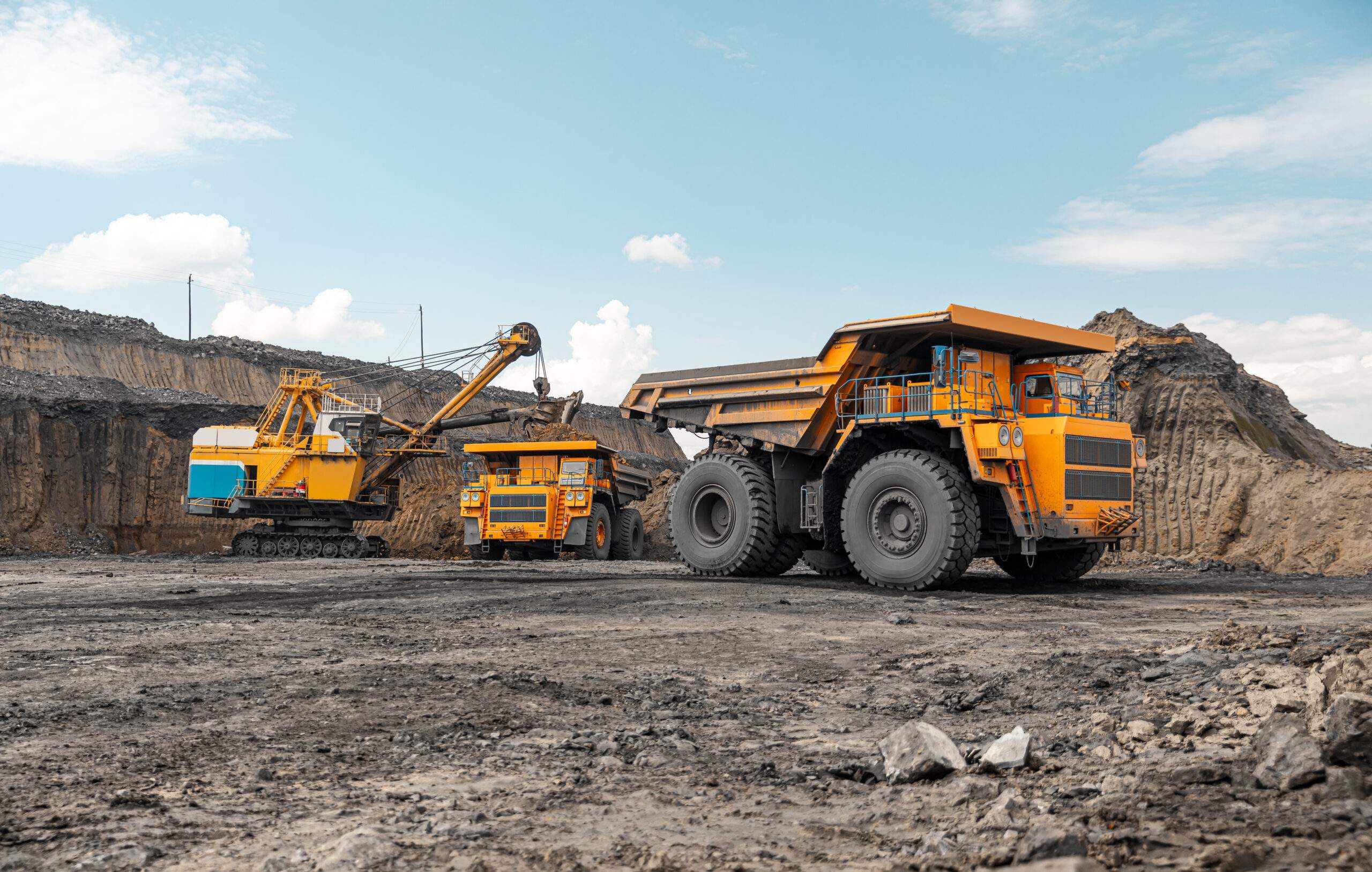South African mining output registers a steep November decline
Mining remains a crucial sector in the economy’s fortunes, accounting for about 8% of GDP and employing well above 400,000 people
Mining production in South Africa fell by 11.6% year-on-year in November, Statistics South Africa (Stats SA) said on Tuesday. This is the latest set of data showing that the recovery in late 2020 was losing steam.
The decline in mining production was pretty much across the board, Stats SA said. Iron ore leads the way, with the production of the commodity falling by 35.3%, followed by the output of platinum group metals (PGMs), which tanked by 16.1%.
“As a consequence of renewed lockdown regulations in key trading partner countries, domestic mining production took a nose-dive in November,” FNB economist Geoff Nölting said in a commentary on the data.
“Lockdowns, both domestically and abroad, will likely hamper any meaningful recovery in the sector in the short to medium term. Furthermore, if the recent bouts of load shedding are not addressed, then the longer-term prospects for the industry remain dim as business confidence will remain low and investment in new projects muted.
“The sector also faces other challenges such as logistical bottlenecks, high electricity costs and low global competitiveness,” Nölting said.
On this front, there are at least some green shoots, such as the ongoing recovery in China, the engine of commodity cycles. And on a brighter note, mineral sales rose by 15.1% year-on-year in November, lifted by buoyant prices. The leader of the pack here was the PGM sector, which saw sales increase by 37.6%. PGMs have been on a bender, with the price of rhodium recently hitting record peaks above $20,000 an ounce as massive deficits loom.
PGM producers can expect higher profits on lower output.
Still, the decline in mining production is clearly a cause for concern.
“The latest mining print is the third data release to indicate that South Africa’s economic growth has flattened out during the fourth quarter, following a stronger than expected real GDP figure in Q3.
“The manufacturing and new vehicle sales figures released earlier this month made for some grim reading. This also does not bode well for retail and wholesale trade sales data, which is being released later this week,” NKC African Economics said in a research note.
This means that the overall 2020 economic contraction may be bigger than economists expected a couple of months ago, and the economy is widely expected to shrink this quarter as a result of the renewed lockdown measures – which finally seem to be paying off in fewer Covid cases and deaths. Mining remains a crucial sector in the economy’s fortunes, accounting for around 8% of GDP and employing well over 400,000 people. Much of the decline in the sector in recent years is perhaps inevitable.
In the gold sector, geology has played a role as the mines cannot really go much deeper with existing technology and grades falter. But Eskom’s unreliability and costs, policy uncertainty and social and labour unrest have also had starring roles in this saga. Throw in a lethal pandemic, and production – and investment – are bound to suffer.
Share this content:















Post Comment